Solar panels have become a popular solution for generating clean and renewable energy, but one of the most common questions people ask is: How much energy does a solar panel actually produce? The answer depends on several factors, including the panel’s efficiency, size, location, and the amount of sunlight it receives daily. On average, a standard residential solar panel produces between 250 to 400 watts per hour under ideal conditions, meaning a single panel can generate around 1 to 1.5 kilowatt-hours (kWh) of electricity per day.
However, real-world energy production varies based on climate, shading, and positioning. For example, a solar panel in Arizona—where there’s abundant sunlight—will generate far more electricity than the same panel in a cloudy region like Seattle. Additionally, high-efficiency solar panels and solar tracking systems can increase energy production, making it possible to generate more power with fewer panels. To accurately determine how much energy a solar panel will produce in a specific location, homeowners and businesses can use solar calculators or consult with solar installation experts to optimize their system for maximum efficiency.
What Factors Affect How Much Energy a Solar Panel Produces?
The amount of energy a solar panel produces isn’t just about its wattage—it depends on several key environmental and technical factors that influence efficiency. While a high-quality solar panel can generate significant power, its actual output is shaped by sunlight exposure, panel positioning, weather conditions, and system components. Even minor adjustments, like optimizing tilt angle or reducing shading, can make a noticeable difference in performance.
Factors That Influence Solar Panel Energy Production:
- Sunlight Exposure – The more direct sunlight a panel receives, the more energy it produces.
- Panel Orientation & Tilt Angle – Panels should be positioned at the optimal angle to capture the most sunlight.
- Weather Conditions – Cloud cover, rain, and snow can temporarily reduce solar output.
- Shading from Trees or Buildings – Even partial shading can significantly lower energy production.
- Panel Efficiency – Higher-efficiency panels convert more sunlight into electricity.
- Temperature – Extremely high temperatures can slightly reduce panel efficiency.
- System Components – The quality of inverters, batteries, and wiring affects overall performance.
Maximizing solar energy production comes down to smart planning and proper installation. Choosing high-efficiency panels, reducing shading, and using solar tracking systems can help generate more power from the same number of panels. By understanding these factors, homeowners and businesses can design a system that delivers the best possible results, making solar energy a more cost-effective and sustainable solution.
How Many Watts Does a Typical Solar Panel Generate?
When investing in solar energy, one of the first questions people ask is, “How many watts does a solar panel actually generate?” The answer depends on the panel’s size, efficiency, and type. Most standard residential solar panels today produce between 250 to 400 watts per hour under optimal sunlight conditions. High-efficiency panels designed for commercial and industrial use can generate even more, sometimes exceeding 500 watts per panel. The total energy output of a solar system is determined by the number of panels installed and the available sunlight in a specific location.
However, real-world performance can vary. Factors like shading, weather conditions, and panel orientation impact how much power a panel actually produces at any given moment. For instance, a 350-watt panel receiving full sun for five hours a day can generate approximately 1.75 kWh (kilowatt-hours) of electricity daily. Over a month, that adds up to about 52 kWh per panel—a significant contribution to reducing electricity bills. As solar technology advances, panels are becoming more powerful and efficient, allowing homeowners and businesses to generate more energy with fewer panels.
Does the Size of a Solar Panel Impact Its Energy Output?
Yes, the size of a solar panel directly affects its energy output, but it’s not the only factor that matters. Larger panels typically contain more photovoltaic (PV) cells, which means they can capture more sunlight and generate higher wattage. For example, a commercial-scale solar panel with a greater surface area can produce significantly more power than a smaller residential panel simply because it has more cells converting sunlight into electricity. However, efficiency also plays a crucial role—a smaller, high-efficiency panel can sometimes generate more power than a larger, lower-quality panel.
While size influences output, proper placement and optimal sunlight exposure are just as important. A large panel placed in a shaded area won’t generate as much electricity as a smaller panel in full sun. Additionally, panel technology and efficiency ratings determine how well a panel converts sunlight into usable energy. For homeowners or businesses with limited space, investing in high-efficiency solar panels rather than just larger ones can be the smartest way to maximize energy production without taking up unnecessary room.
How Much Energy Does a Solar Panel Produce in Different Seasons?
Solar panels generate electricity year-round, but their energy output varies with the seasons due to changes in sunlight hours, weather conditions, and the sun’s position in the sky. During the summer months, solar panels reach peak performance as days are longer, and the sun shines at a higher angle, allowing for maximum energy absorption. With clear skies and intense sunlight, energy production is at its highest, making summer the most efficient season for solar power.
In contrast, winter months bring shorter days and a lower sun angle, which can slightly reduce solar panel efficiency. While snow-covered panels may experience temporary energy loss, modern solar panels are designed to absorb sunlight even in cold and overcast conditions. In fact, solar panels often operate more efficiently in cold weather, as excessive heat can reduce energy conversion rates. With proper installation—such as adjusting the tilt angle to capture lower winter sun rays—solar systems can still generate a significant amount of electricity even in the coldest months.
Spring and fall serve as transitional periods, offering moderate sunlight hours and generally stable performance. These seasons strike a balance between summer’s high energy production and winter’s efficiency fluctuations. While seasonal variations do impact solar energy generation, a well-designed solar system considers these changes, ensuring a consistent and reliable power supply throughout the year. With advancements in battery storage and solar tracking technology, homeowners and businesses can efficiently harness solar power, regardless of the season.
How Do You Calculate the Energy Production of a Solar Panel?
Understanding how much energy a solar panel can produce is essential for anyone looking to invest in solar power. The calculation is relatively simple and depends on three key factors: panel wattage, sunlight hours, and system efficiency. To estimate a panel’s daily energy output, you can use the formula:
Energy (kWh) = Solar Panel Wattage (W) × Sunlight Hours ÷ 1000
For example, if you have a 350-watt solar panel and your location receives 5 hours of peak sunlight per day, the calculation would be:
350W × 5 hours ÷ 1000 = 1.75 kWh per day
While this gives a rough estimate, real-world conditions like shading, panel angle, and weather variations can impact actual production. Factors such as seasonal changes, dust accumulation, and system inefficiencies can slightly reduce expected output. To get the most accurate estimate, homeowners and businesses often use solar calculators or consult with experts to account for these variables. With proper planning and optimization, solar panels can provide consistent, renewable energy, making them a smart long-term investment.


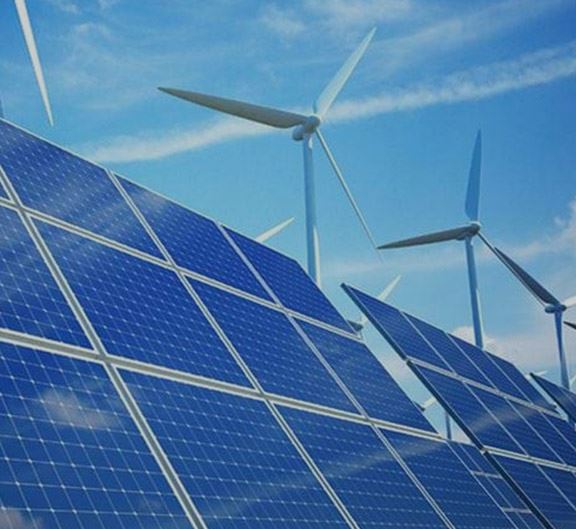


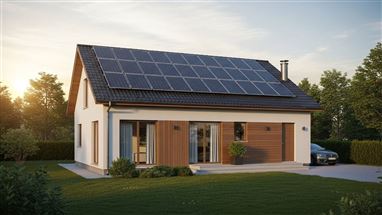
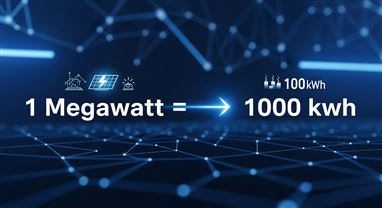
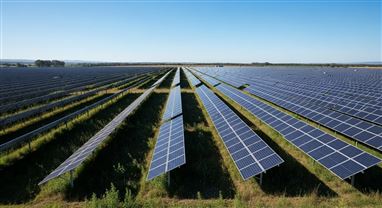
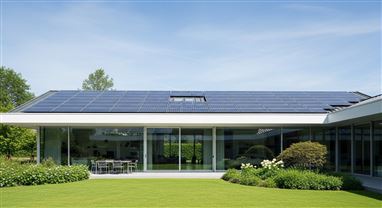
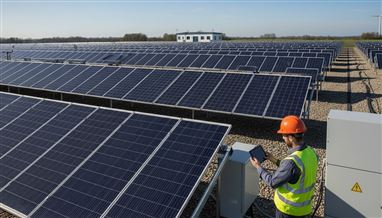

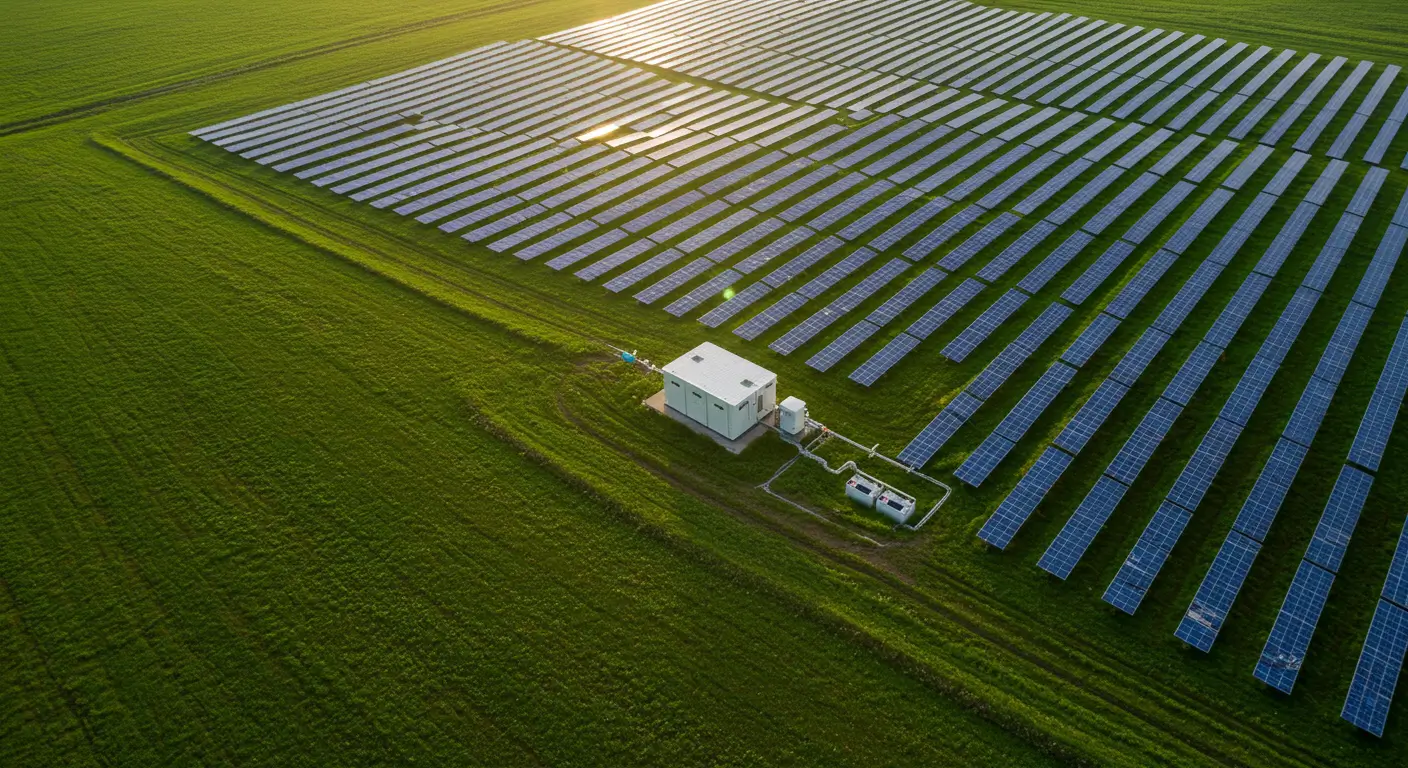

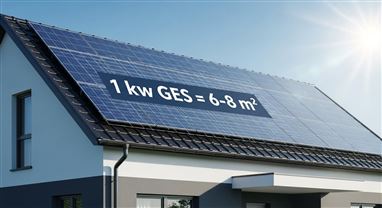
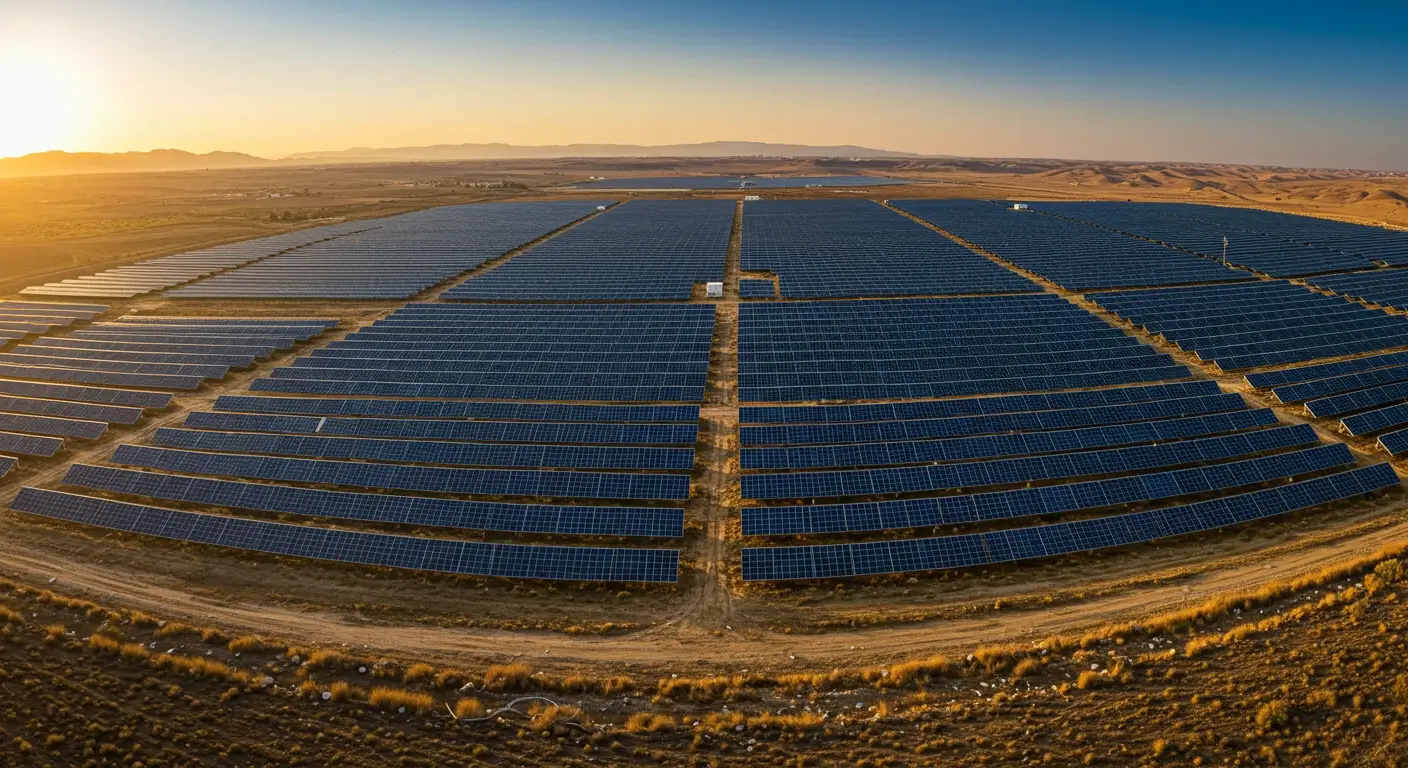
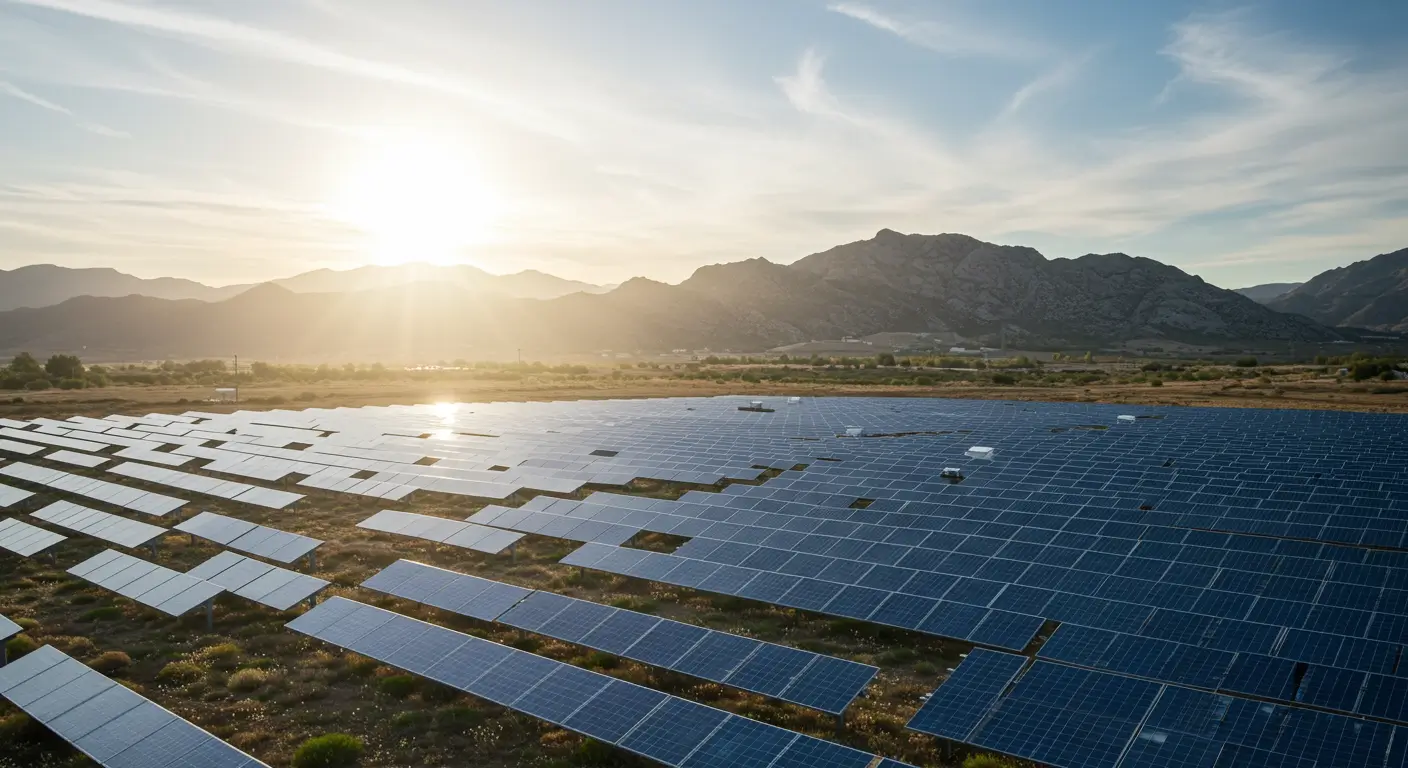
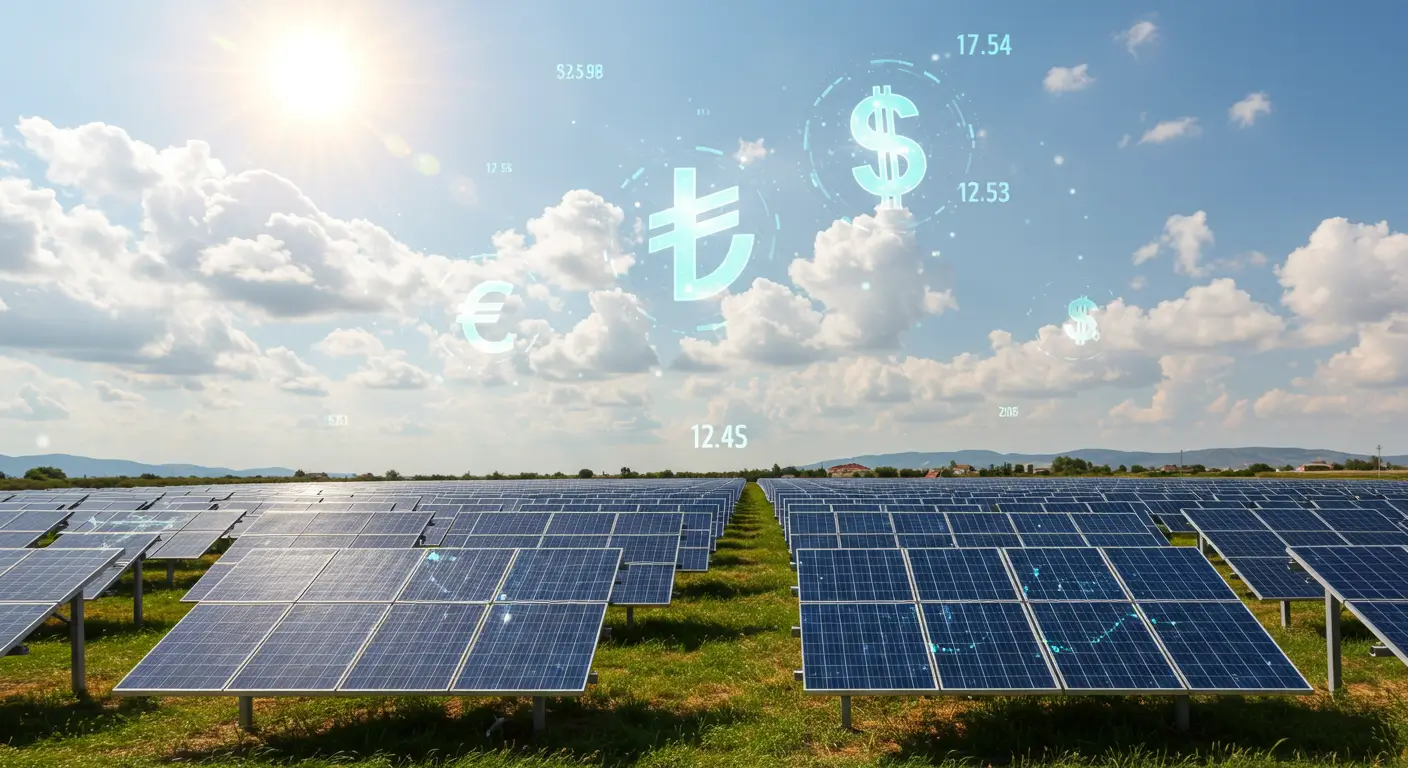
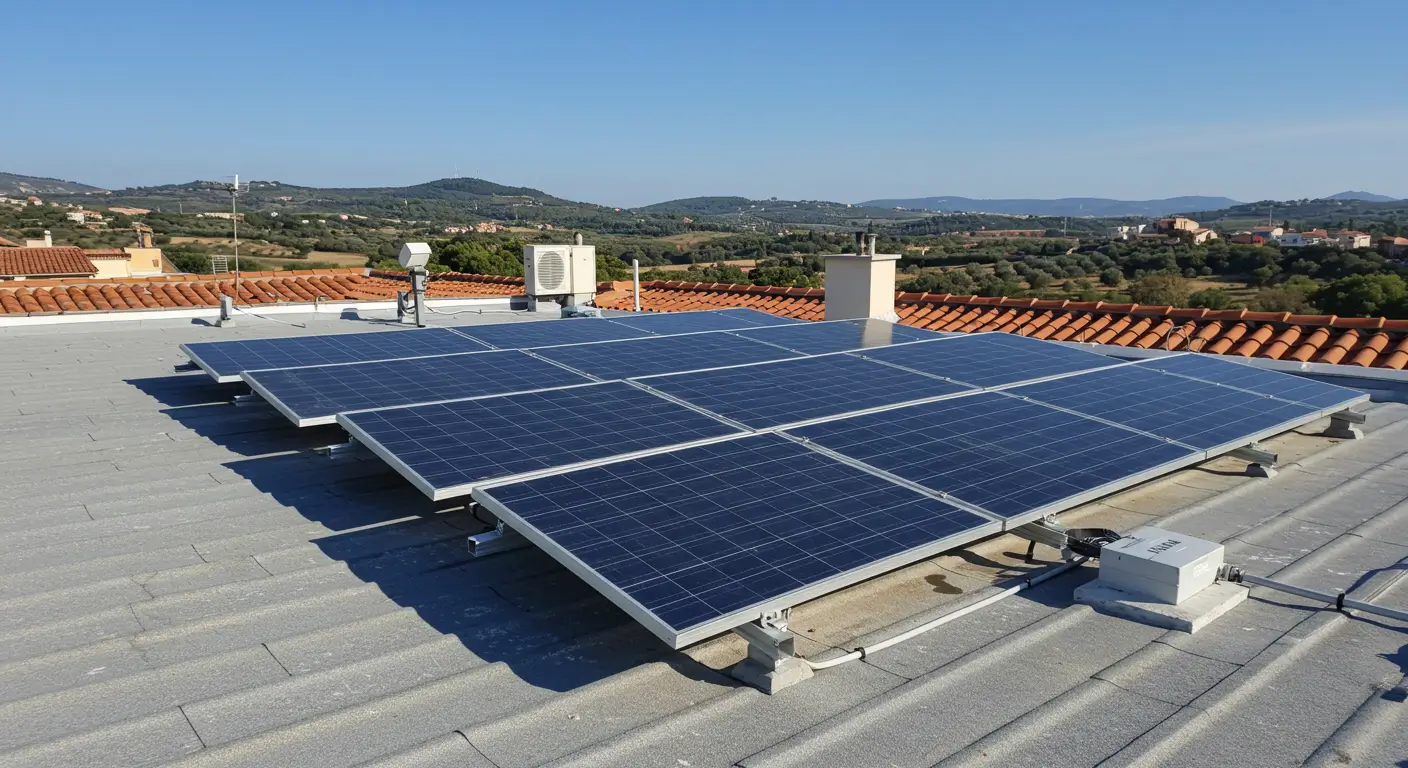
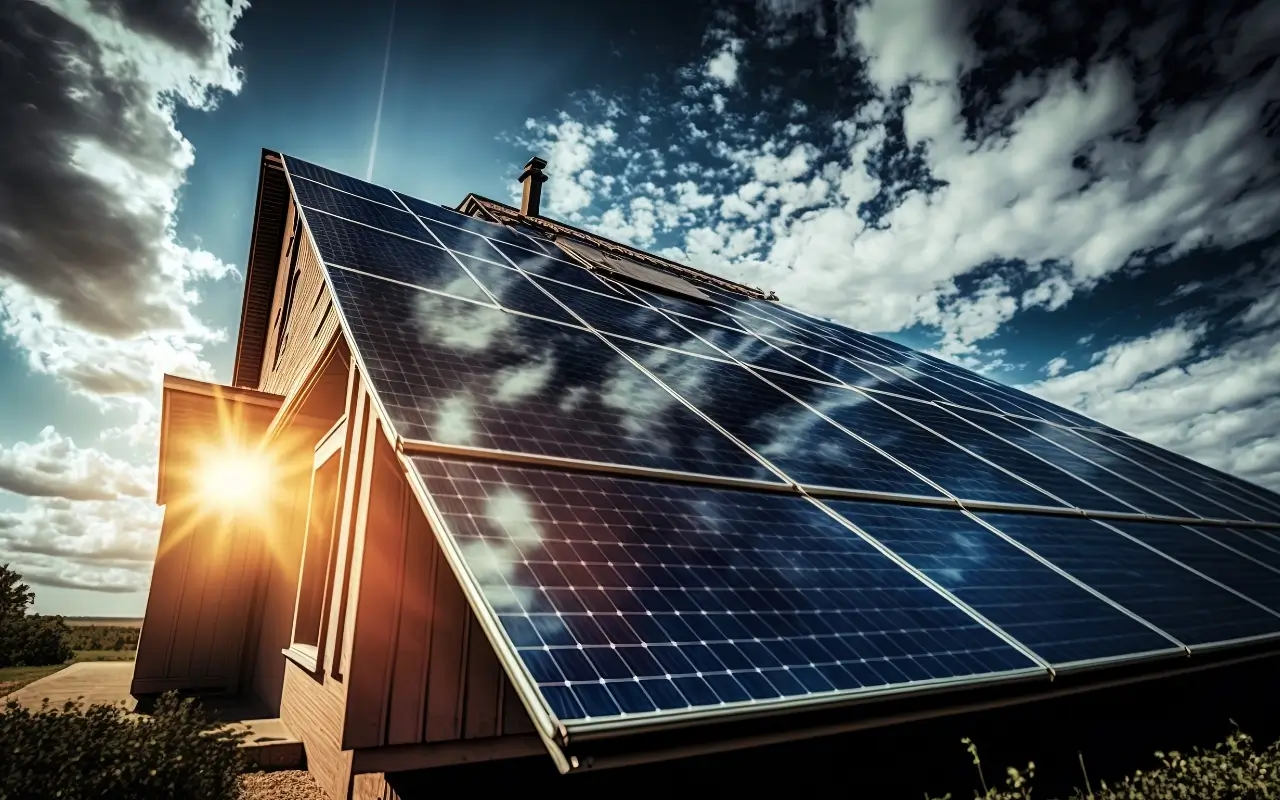
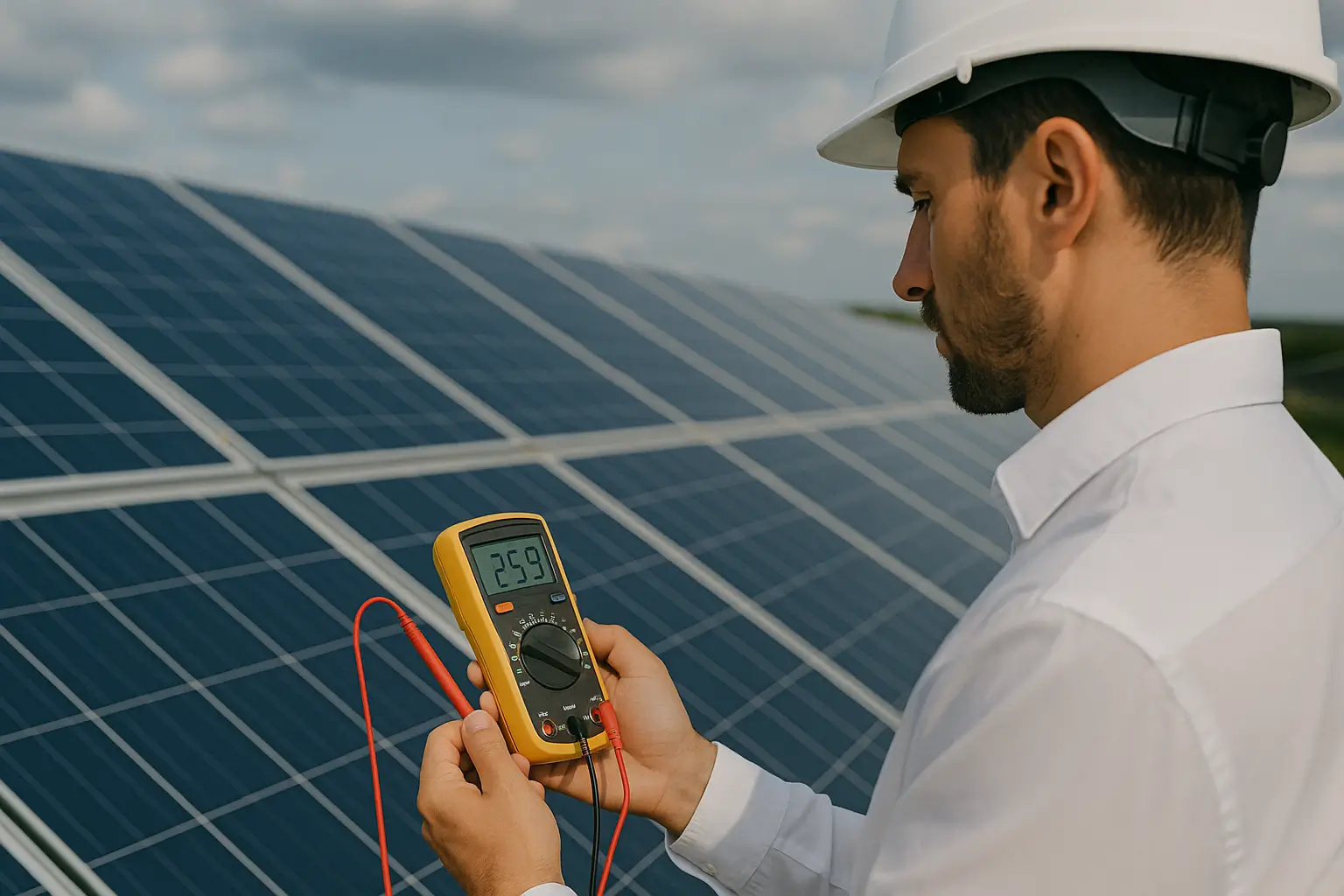
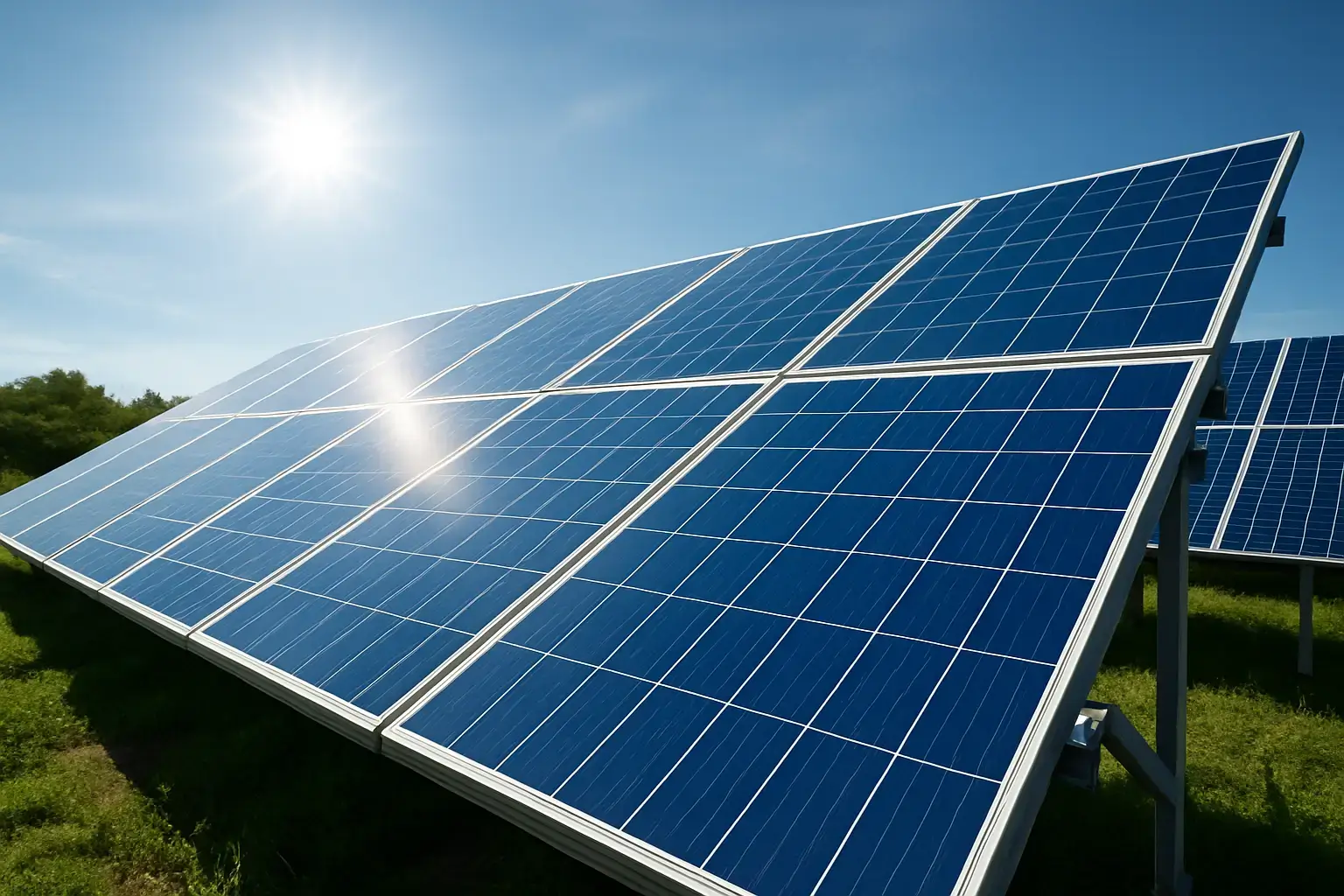
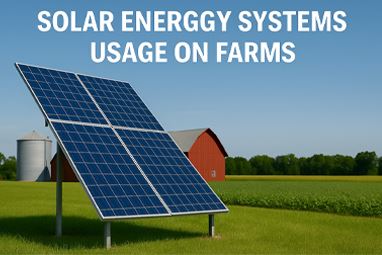
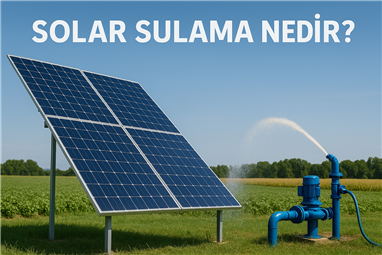


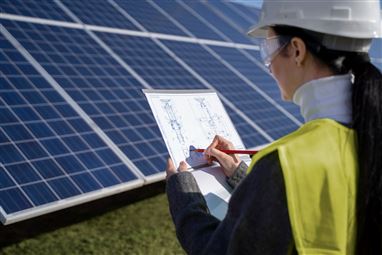


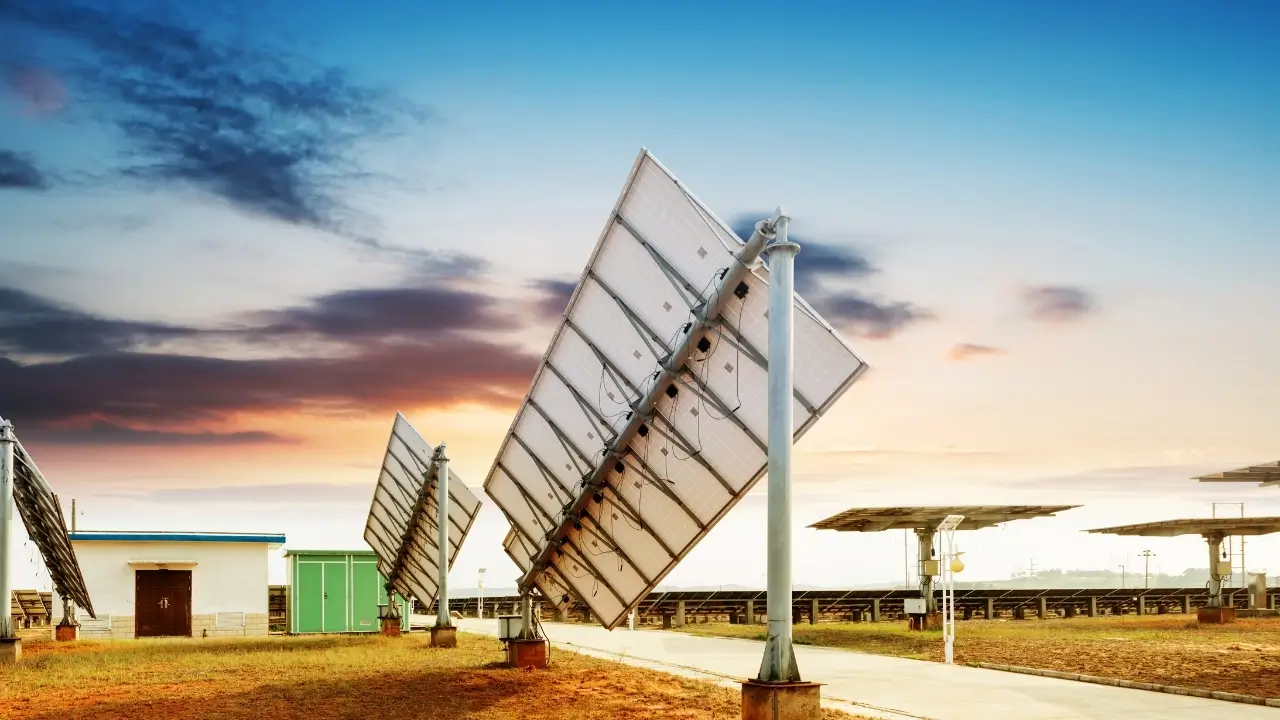
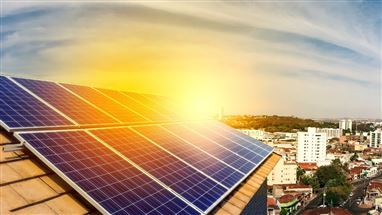
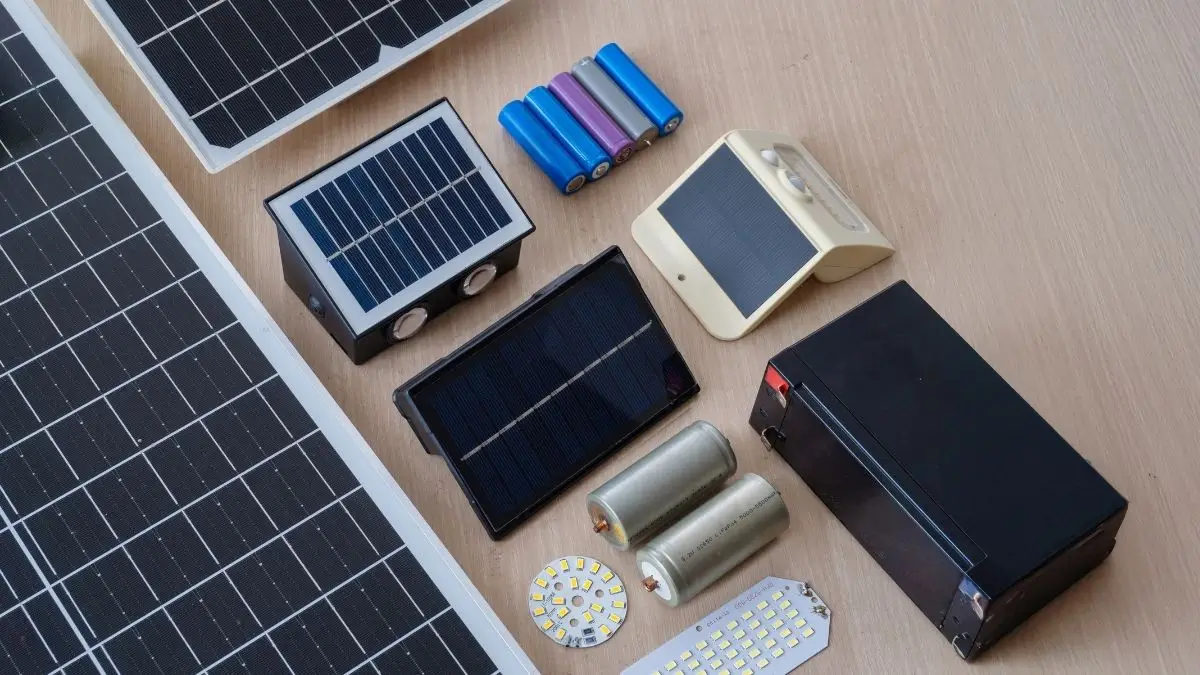
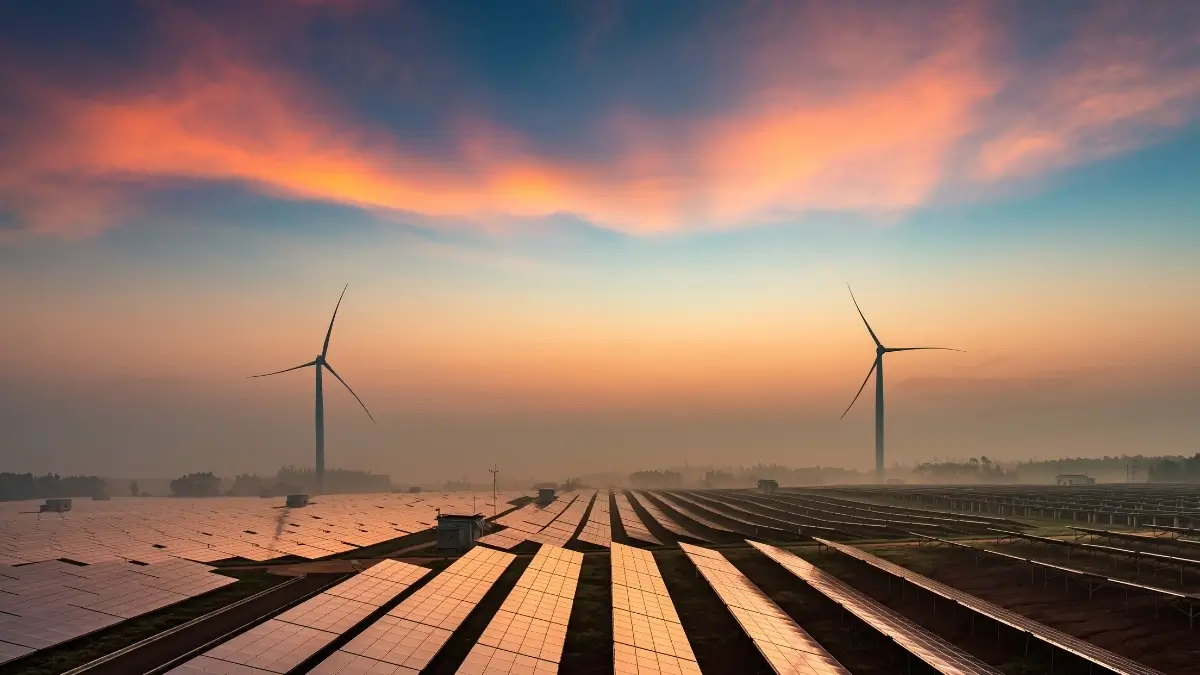
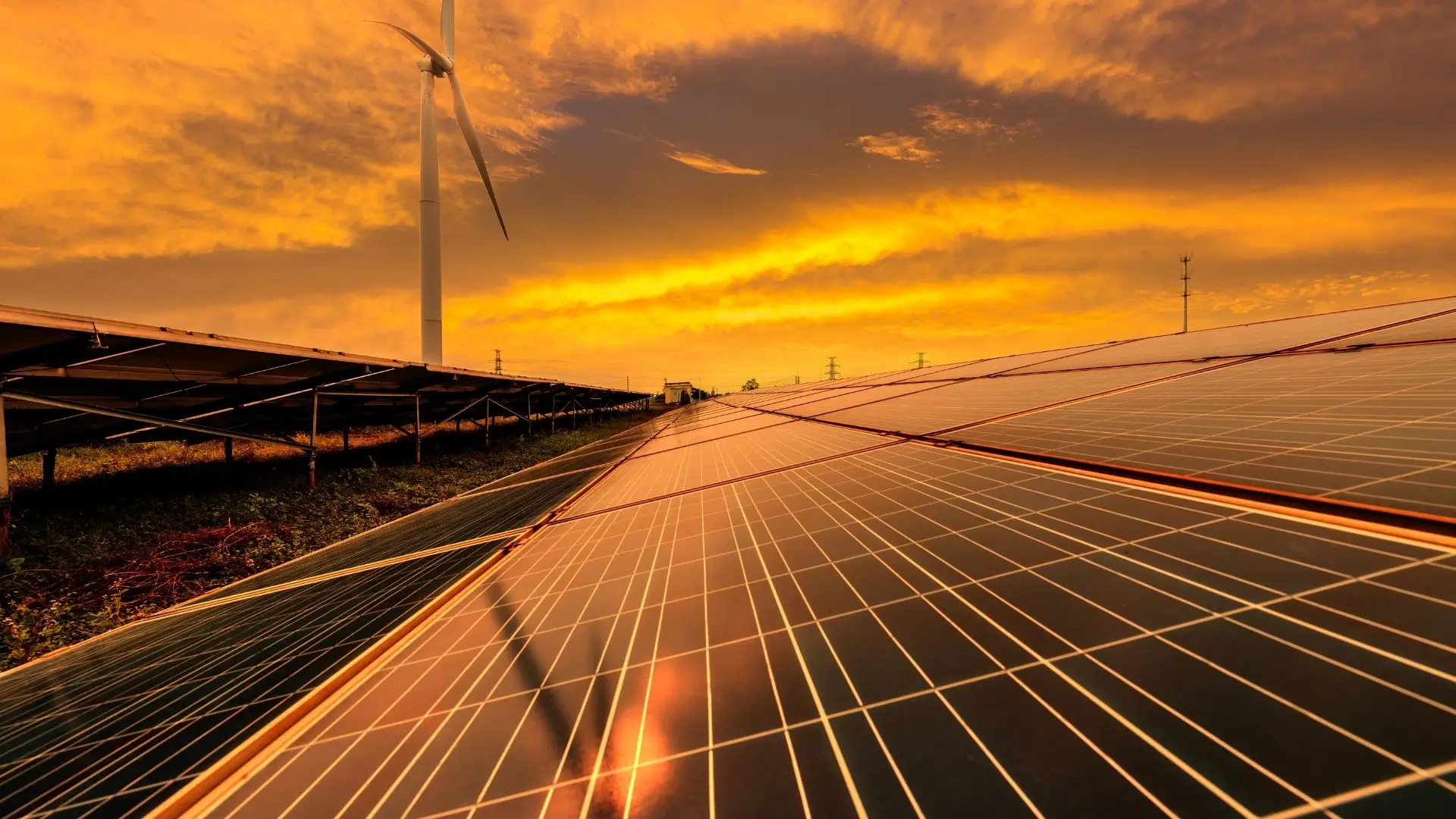
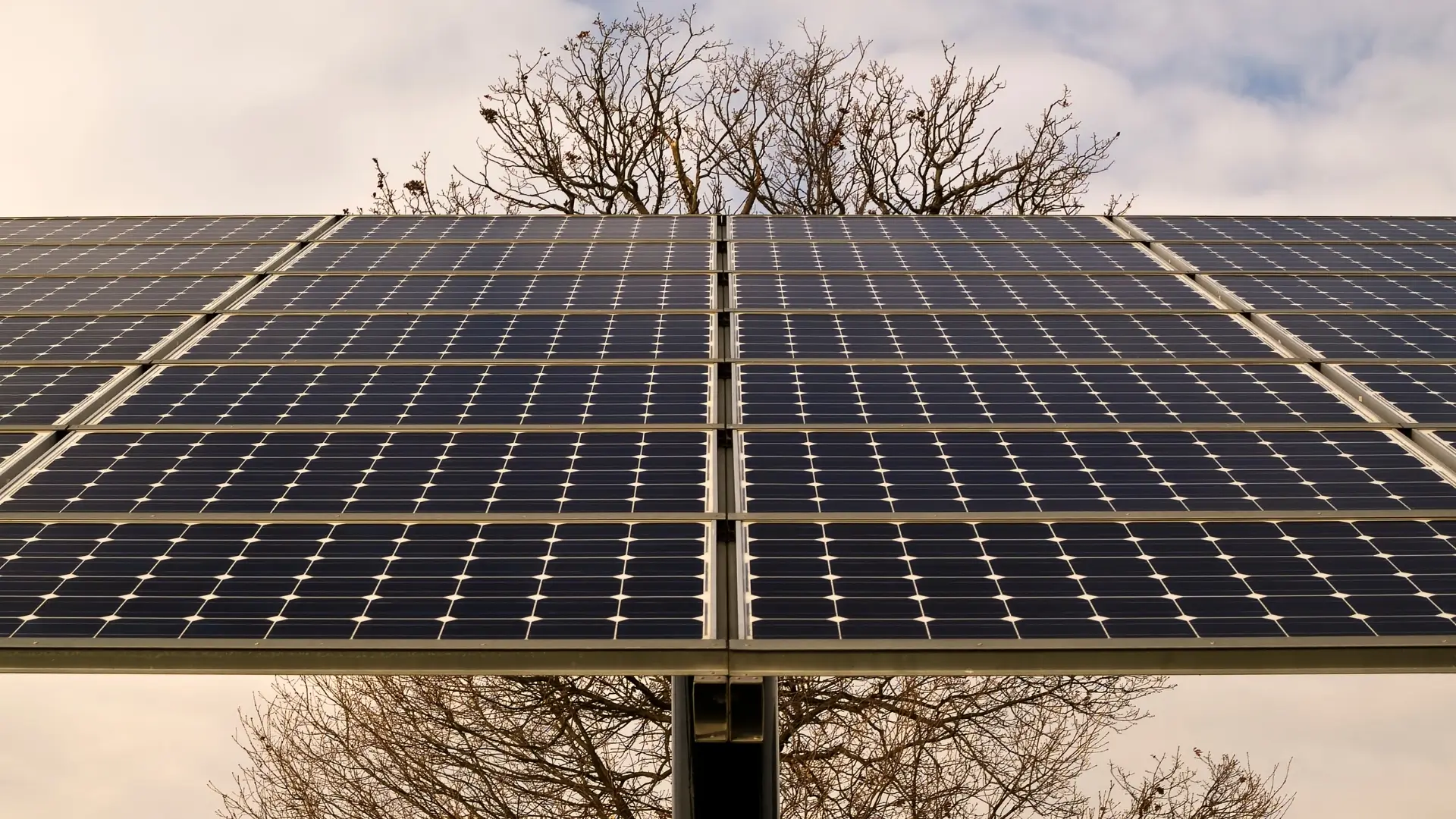
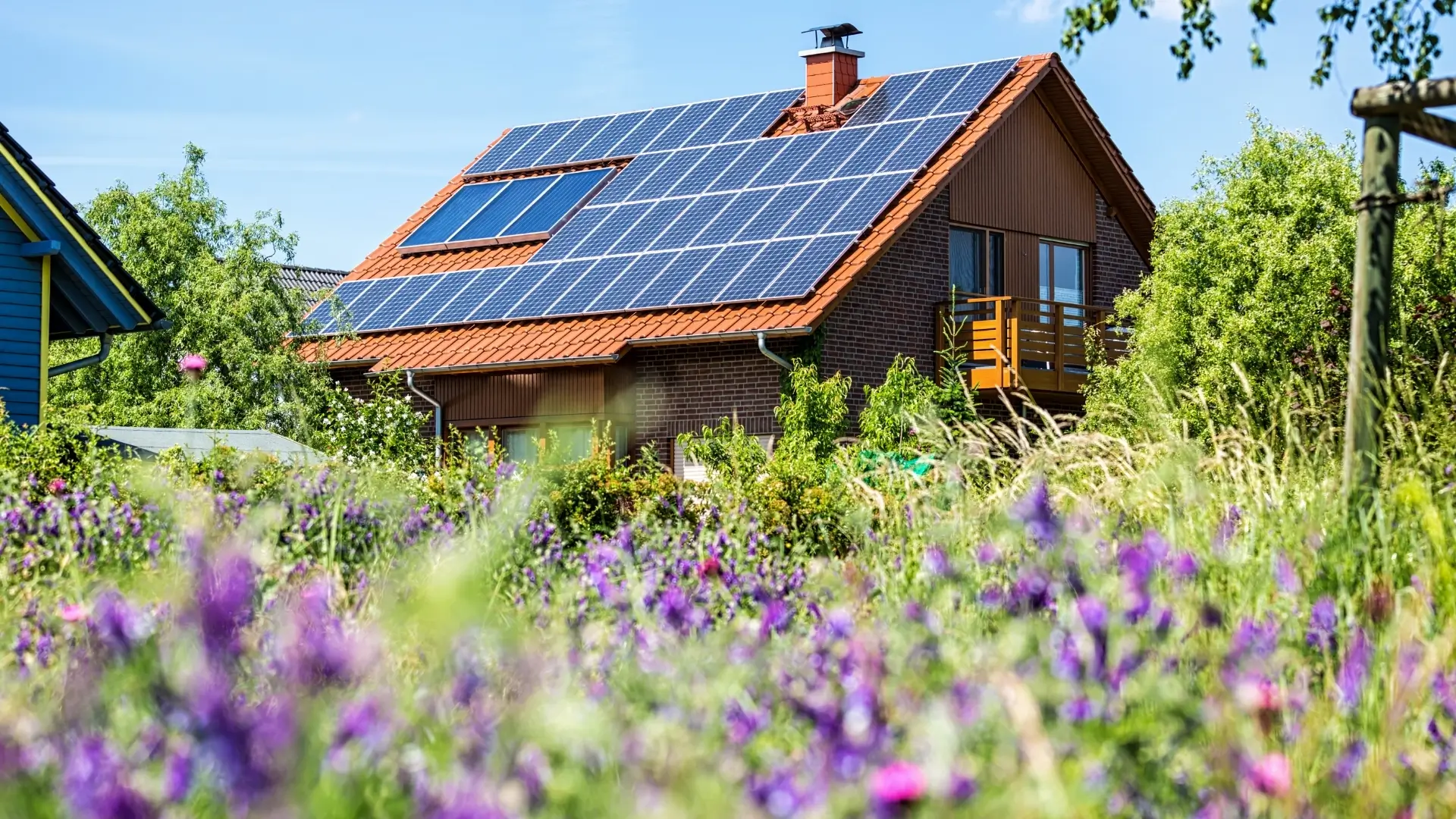
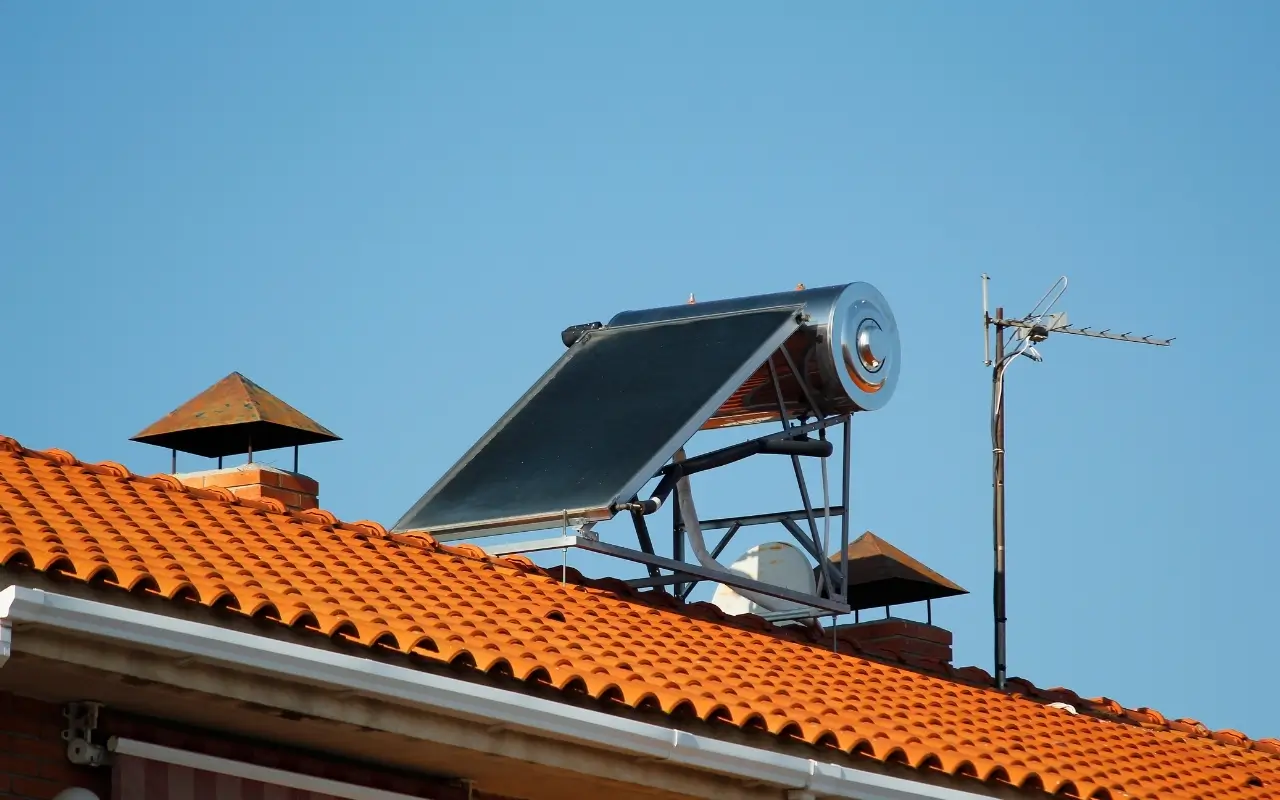
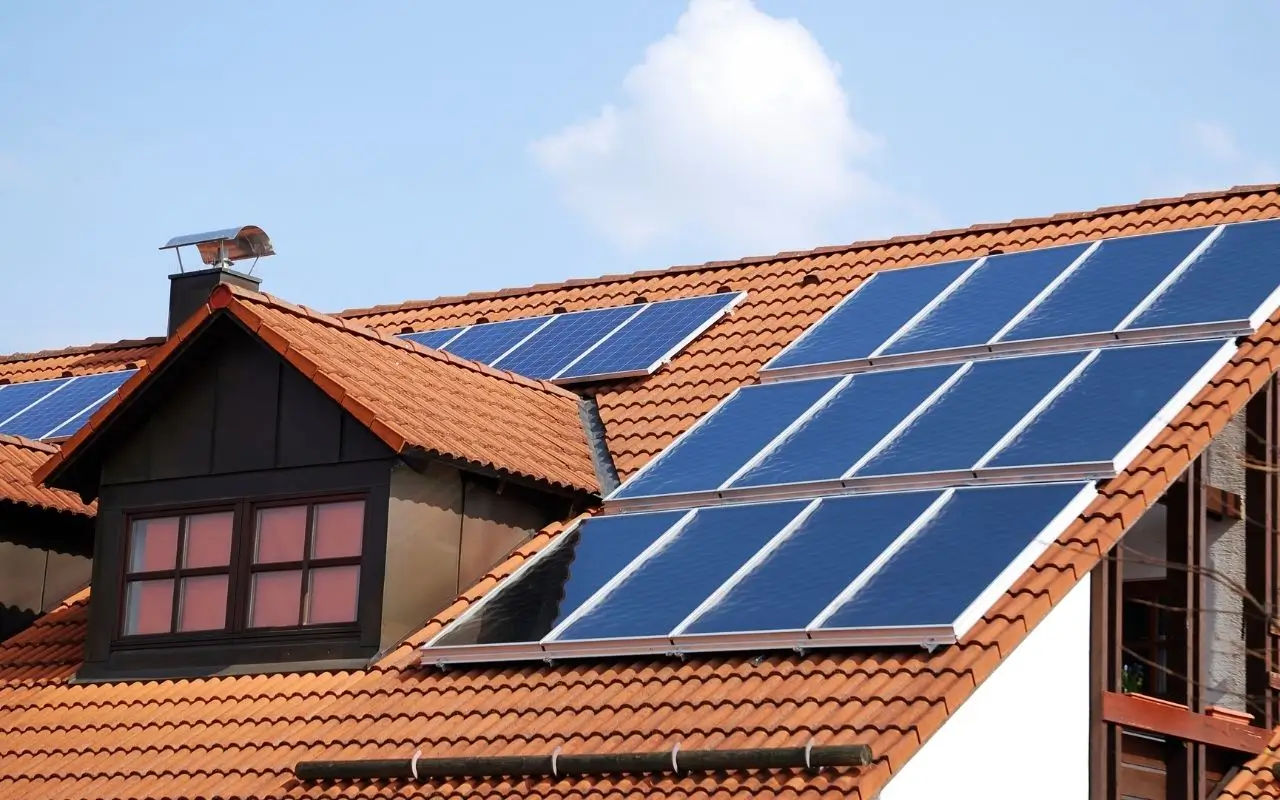
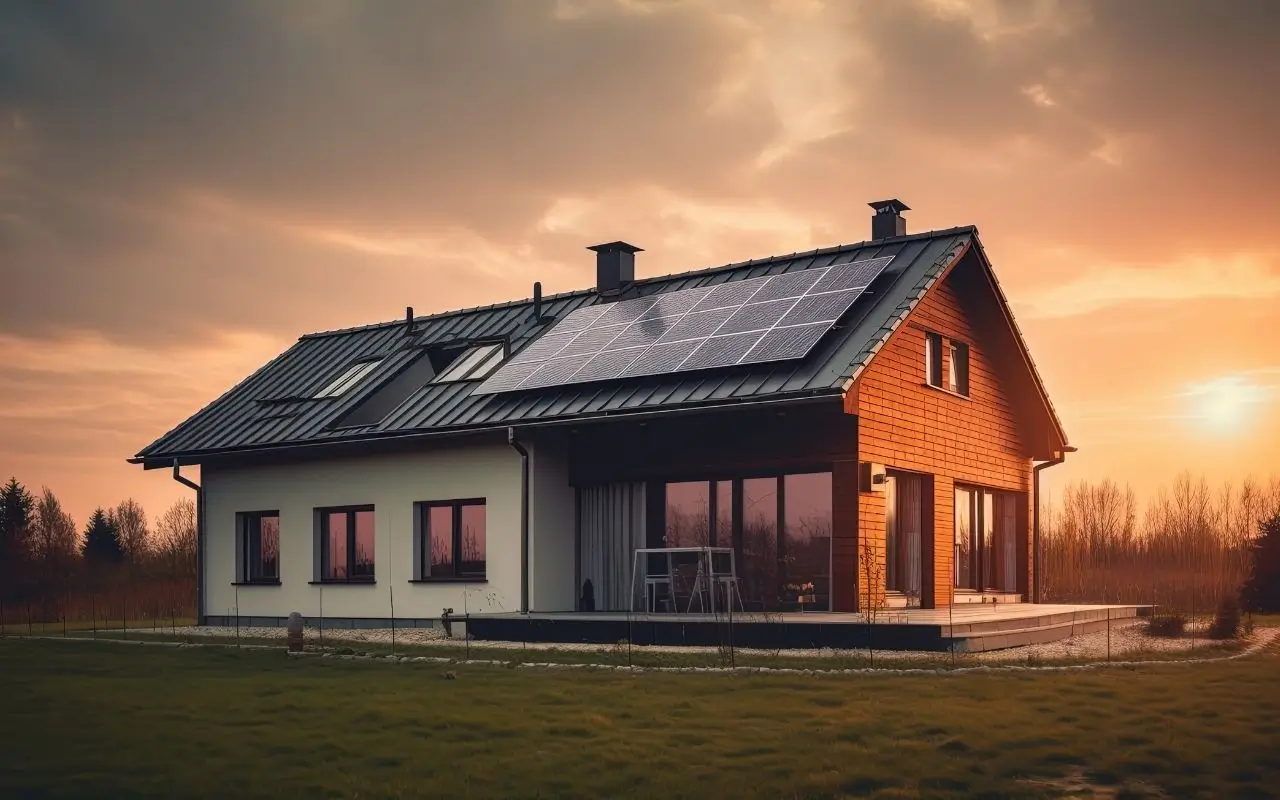
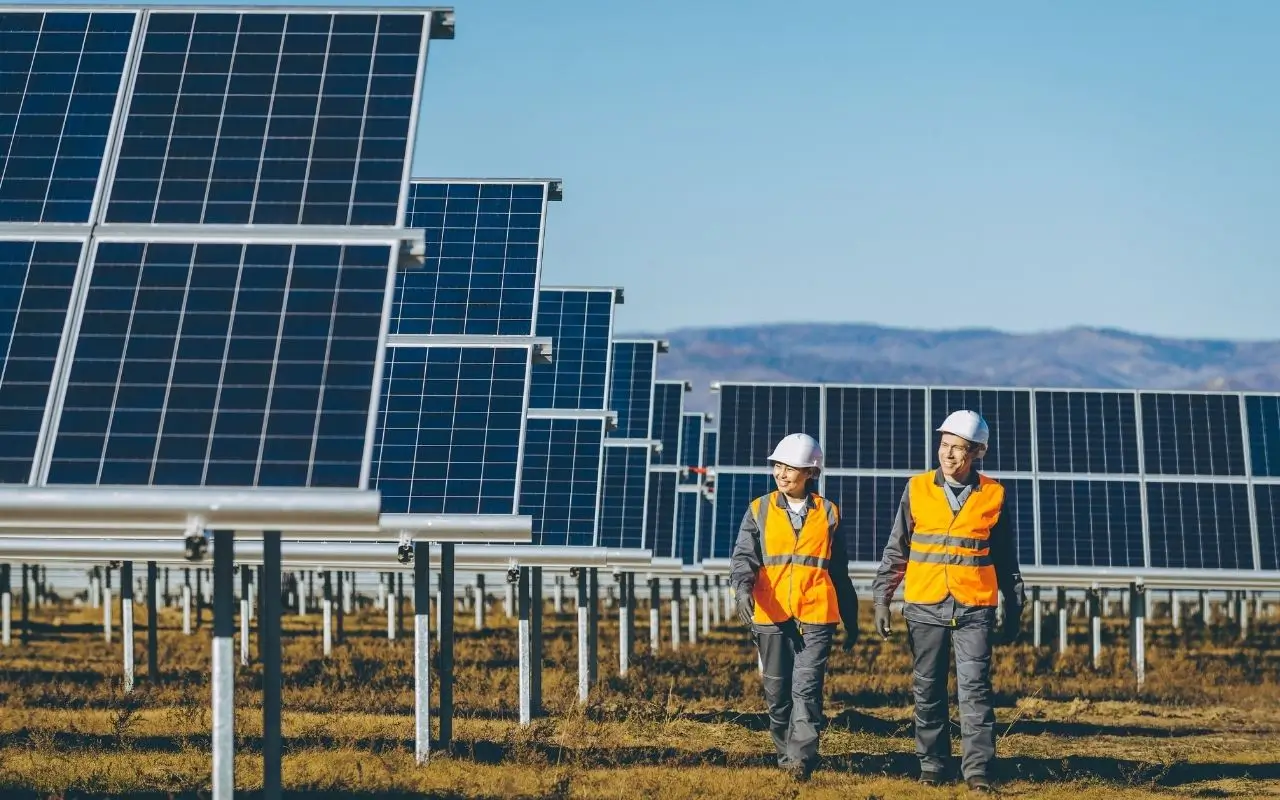
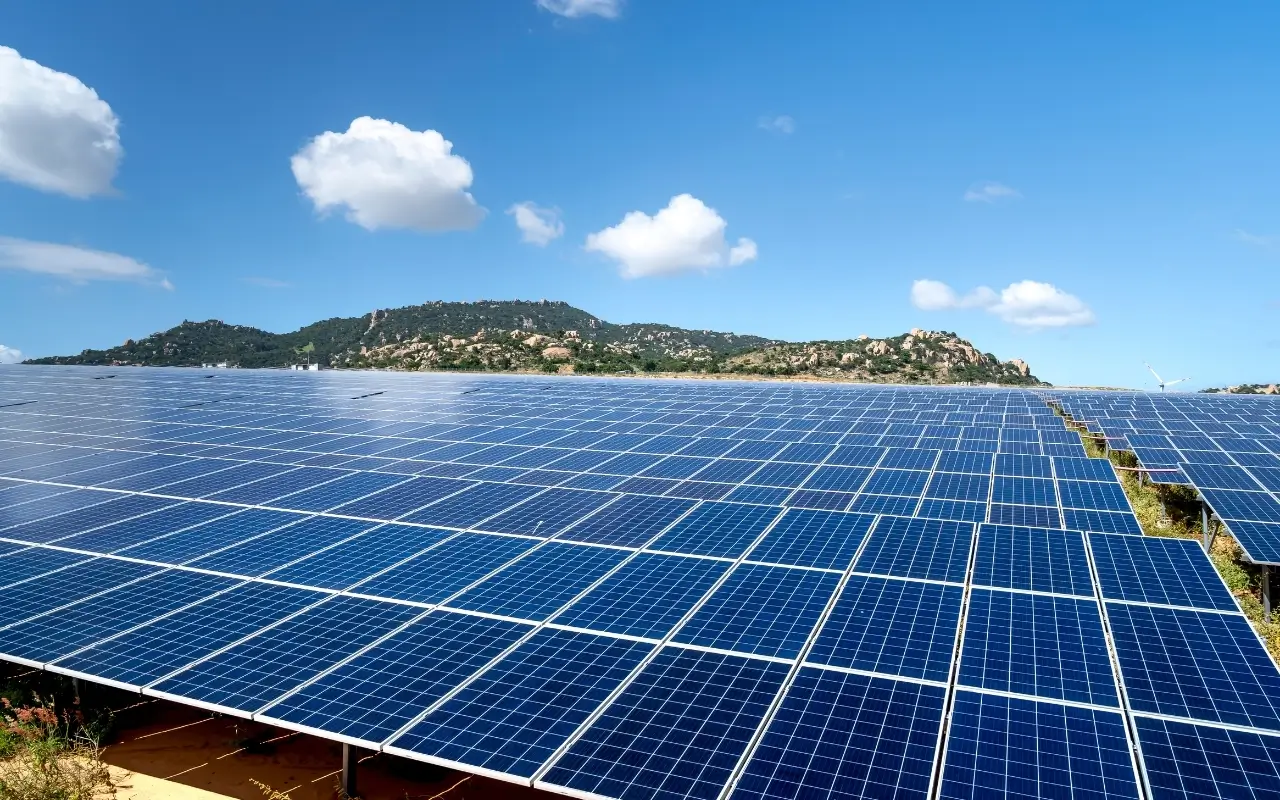
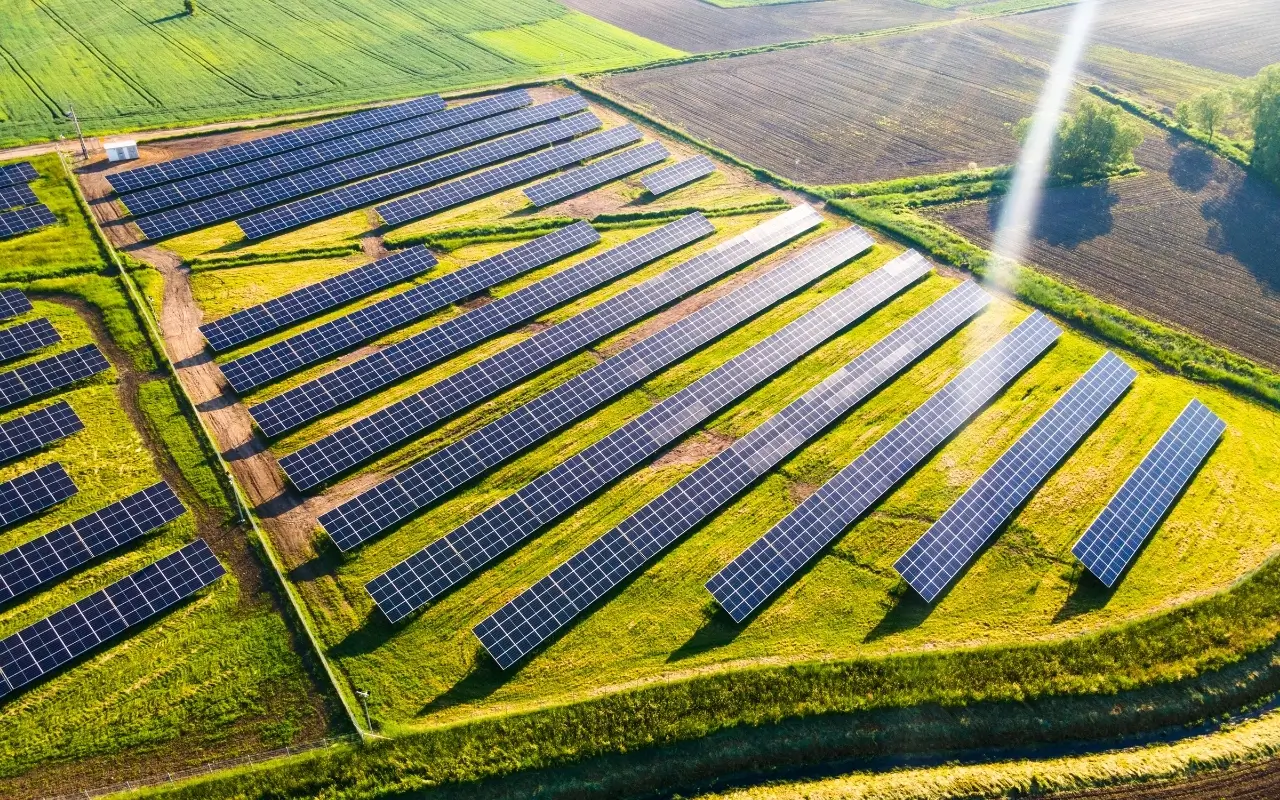
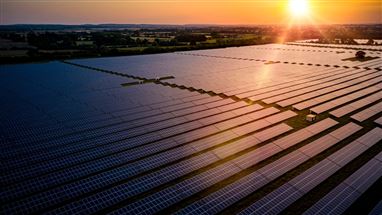
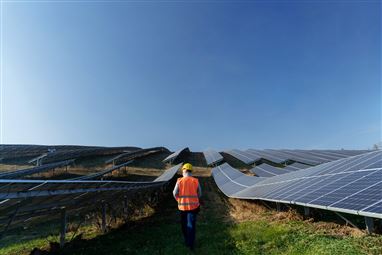
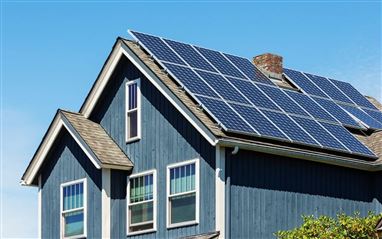
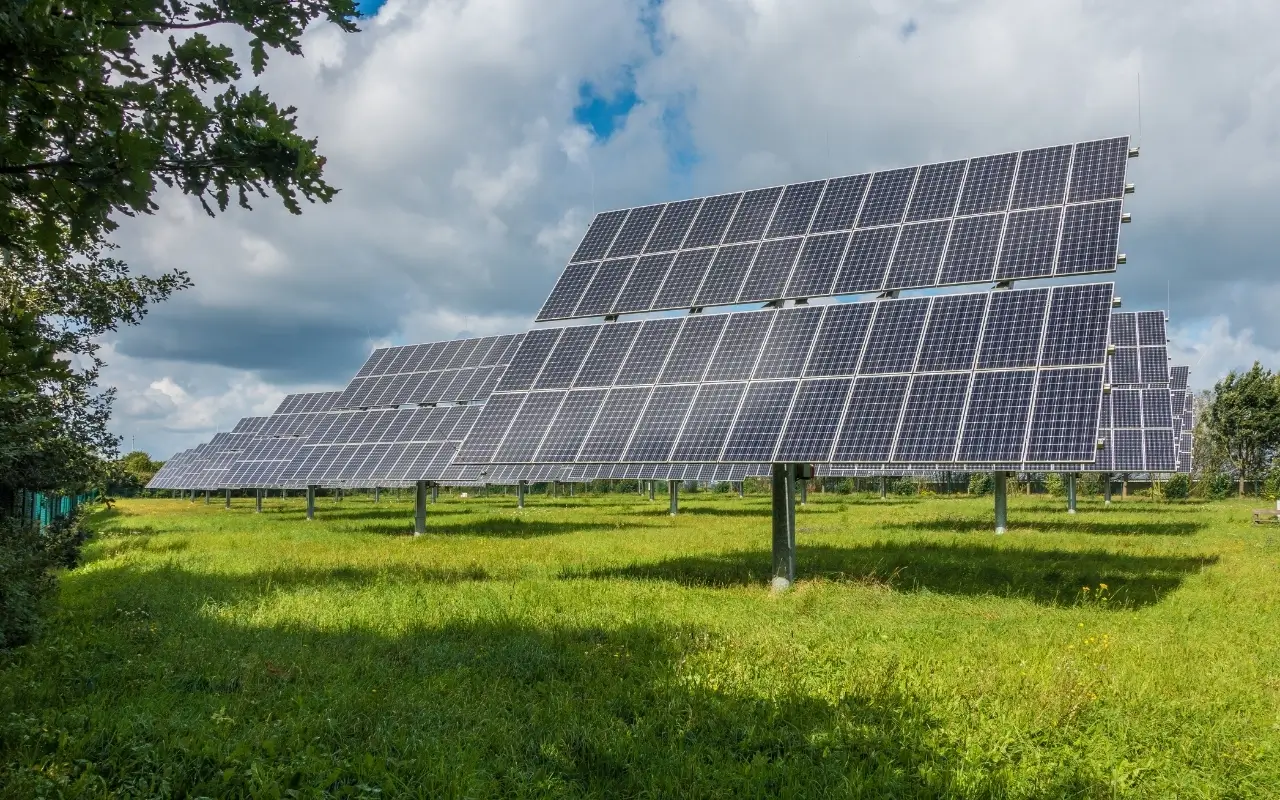
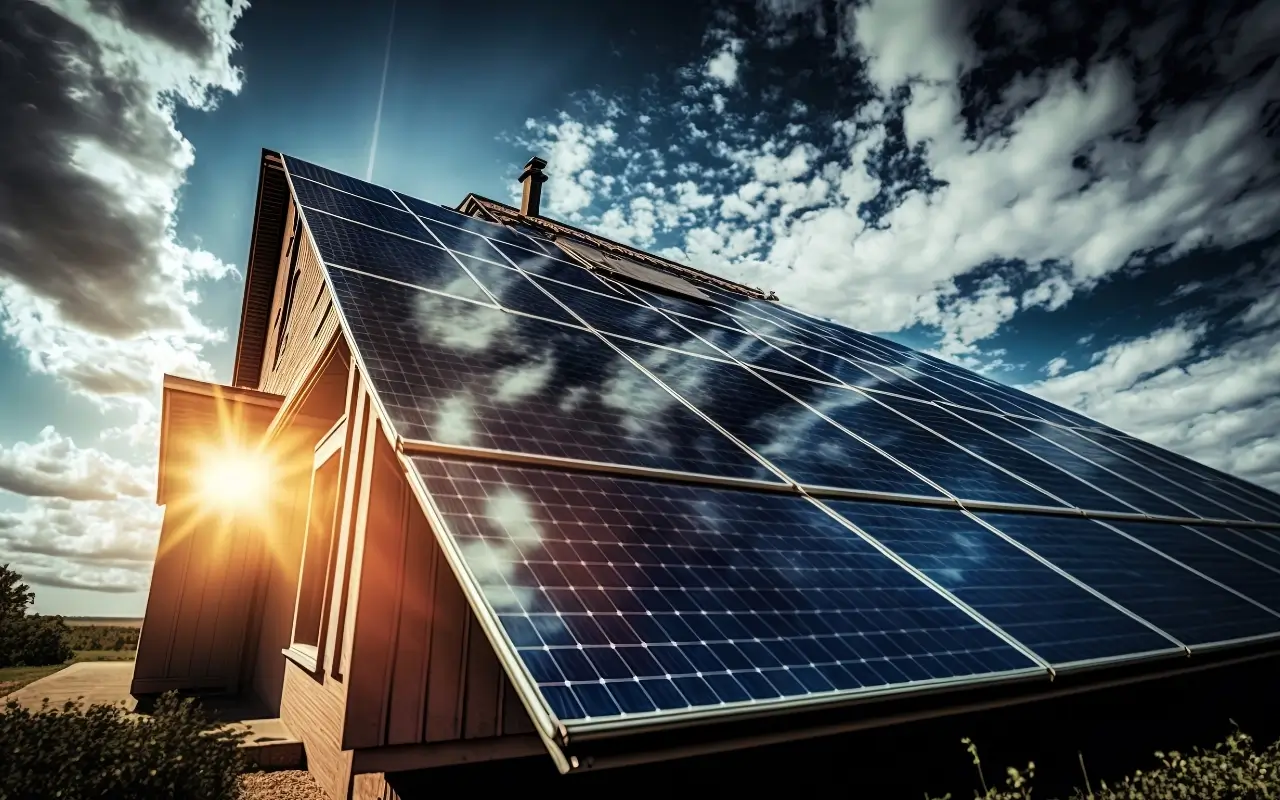
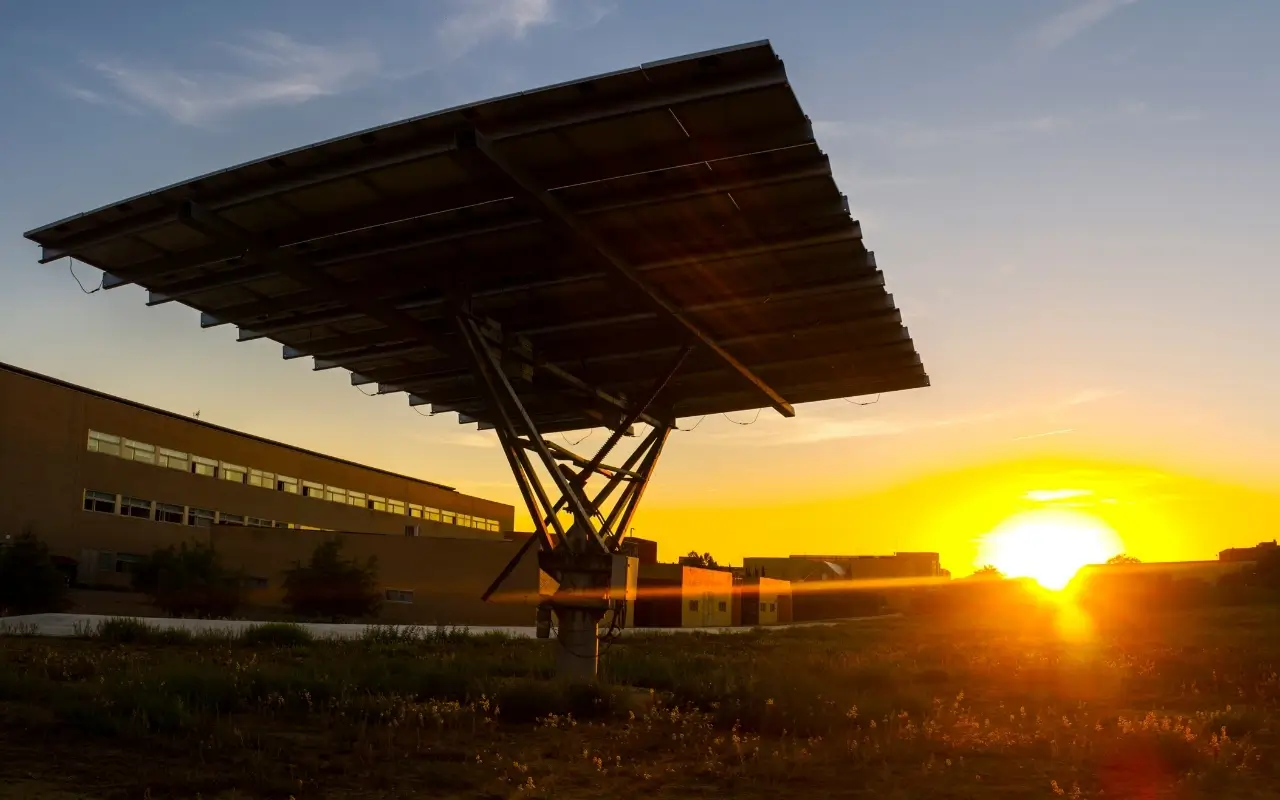
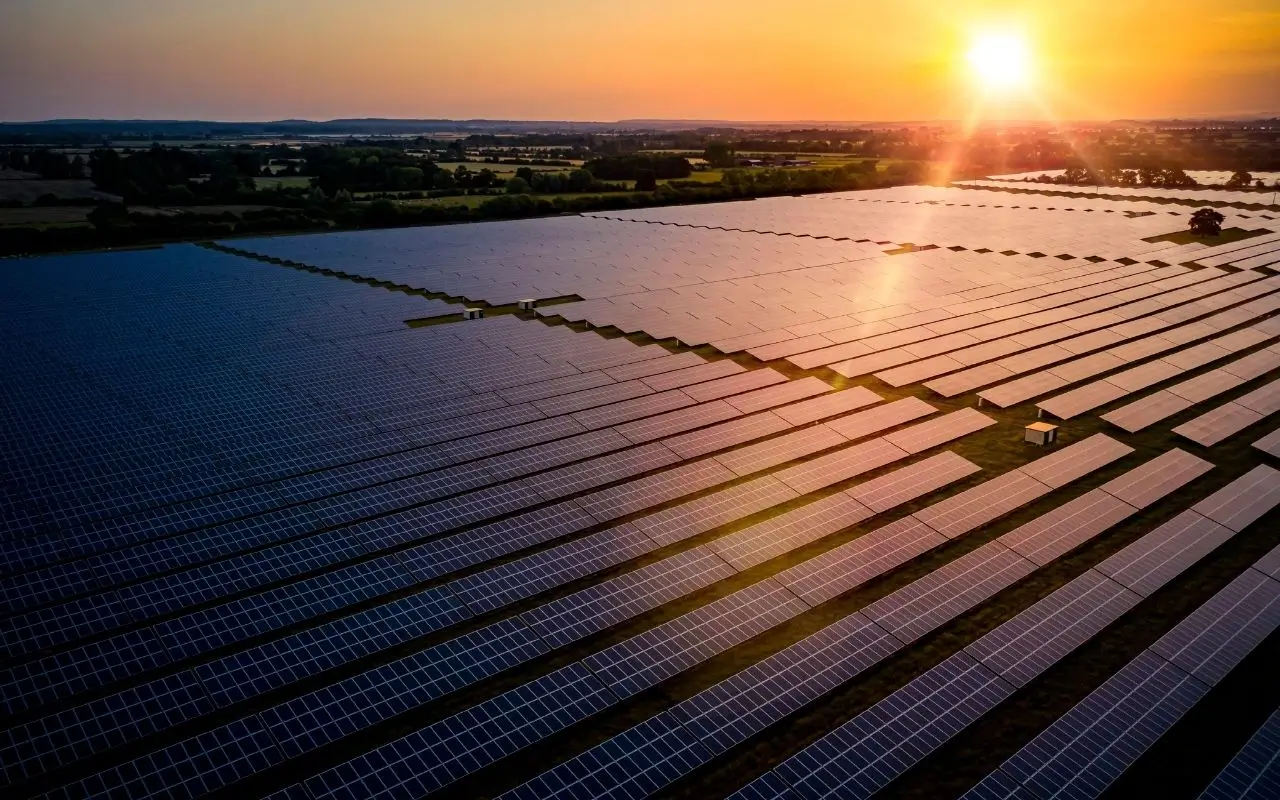
Do Comment